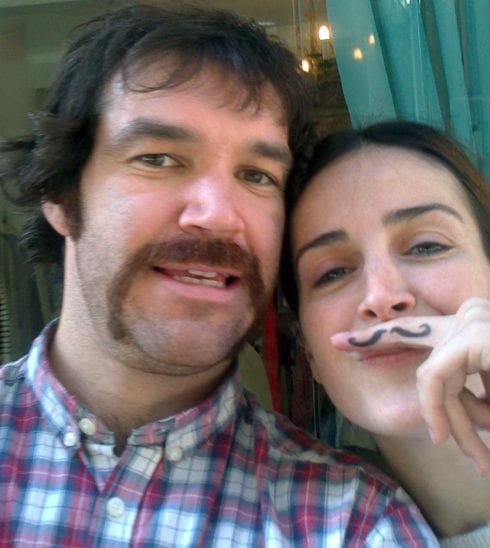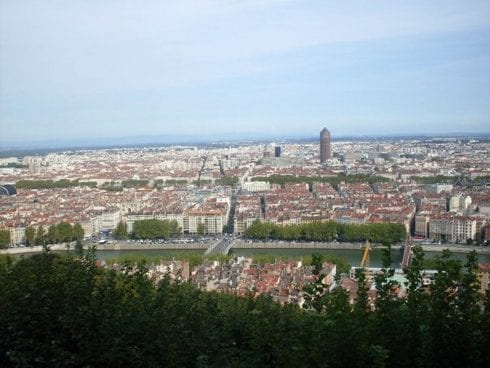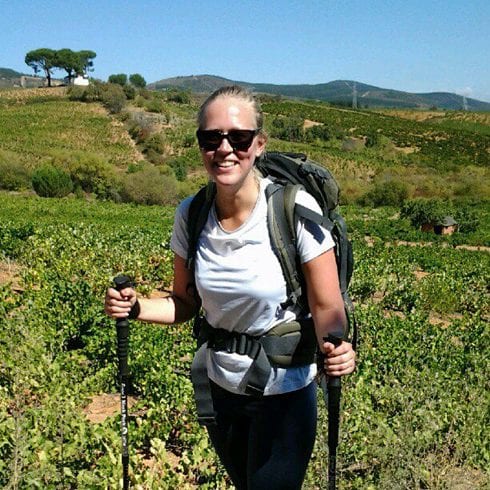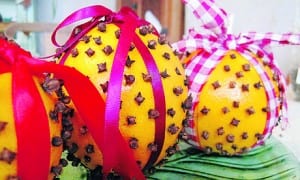Katie Sims in Pamplona joins the Olive Press blogging team – and discovers the local pintxos (tapas) in the Navarra region
A PLAY on words of the oddest kind for anyone trying to learn the Spanish language – the bubble has burst over all those evening classes spent dreaming about the day you’ll be ordering little plates of Spanish tapas on a perfect Spanish weekend, because they’re actually called ‘pintxos’ (pronounced ‘pinchoes’) and the main evenings for eating them are Tuesday and Thursday, that is to say ‘Martes y Jueves’ – now you get the pun, right? Such is the tradition in Pamplona, Navarra, Northeast Spain.
El Casco Viejo ignites on these school nights to invite any passing customer to a glass of wine or caña (a tumbler-sized beer) and a plate of irresistible Pintxos. All yours for 2 euros. People crowd the small lively bars, both inside and out, zealously ordering their Pintxos and eating them stood up, chatting, laughing. It’s informal yet full of atmospheric occasion. Many of the bars are underground with cobbled floors and walls. Or you’ll find your head is brushing a dried hanging ham. Rows of colourful, intricate pinxtos line the bars, piled high and quickly exhausted before the chef ceremoniously brings out the next shining platter. Thus the popularity of this twice weekly tradition.
The pintxos are award-winning, literally. Due to the region’s many resources from sea to valley, the range is vast. There are slices of tomato and olive oil brushed bread with thin Iberico ham and melted local goats cheese, or lightly battered morsels in varying shapes filled with courgette, sweet peppers and garlic. Or maybe seafood is to your palette? Small worm-like eels that may cause a retreat at first glance, are, in fact, very tasty with smoked salmon, rocket and a balsamic dressing. Quite the treat. Of course, the traditional tortilla de patatas is always unbeatable accompanied by a local red wine. Tastes of paella, shells filled with hake and asparagus, artichokes and locally grown ‘setas’ (mushrooms), quails eggs, bean dishes…
There’s a plotted route of Pintxo stops around the winding streets of the La Navarrería where you’ll taste more than the pintxos as people speak the Basque language and exude bohemian culture.
To share an evening with these people is so worth the ever tightening waistband.










~Yummm! Makes me want to eat… a lot! When’s the next flight?
Theres no doubt the food up there is among the best in the world… People always credit the French but could it be they got their best ideas pinched from the Basques!
Incredible you use the Spanish word to describe Europe’s first modern people, they have been here for approx. 40,000 way before the Celts or Catalans arrived.
Why not show respect and call them Euskeri. Just because an absolute monarch, Philip the second was born with a lisp and could’nt pronounce Bs otherwise it would be pronounced Vascos – still incorrect but better than Basques.
BTW – the Euskeri inhabited most of western Gaul and the cromlechs of what is now Brittany were created by their ancestors as well as what is now northern Spain and as the Euskeri were friendly with the Celtic Gauls, it’s very possible that food ideas flowed in both directions.